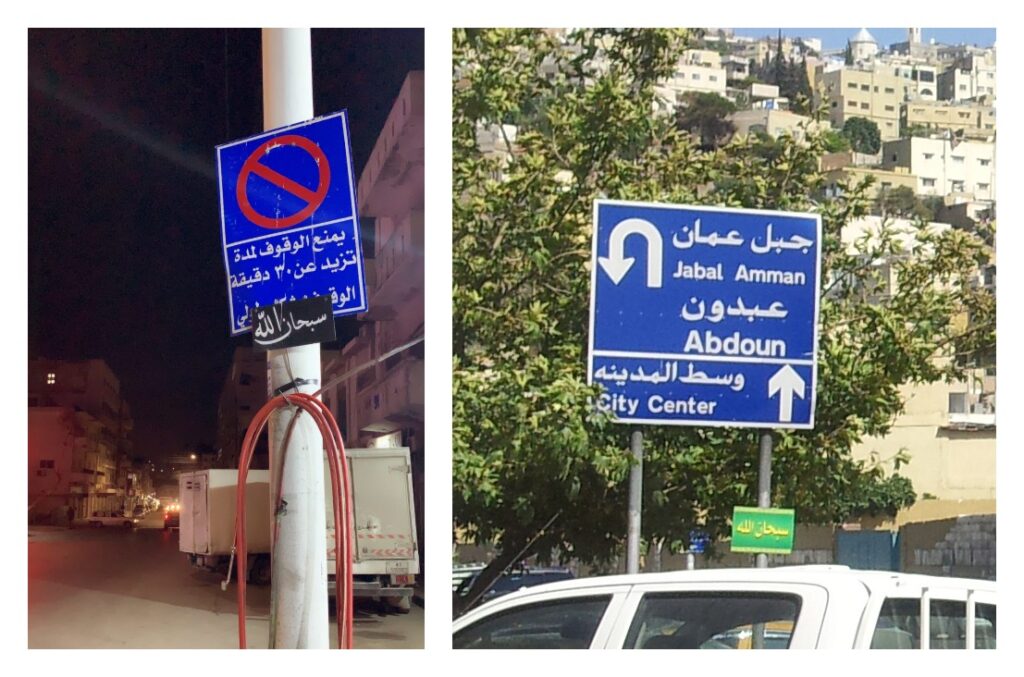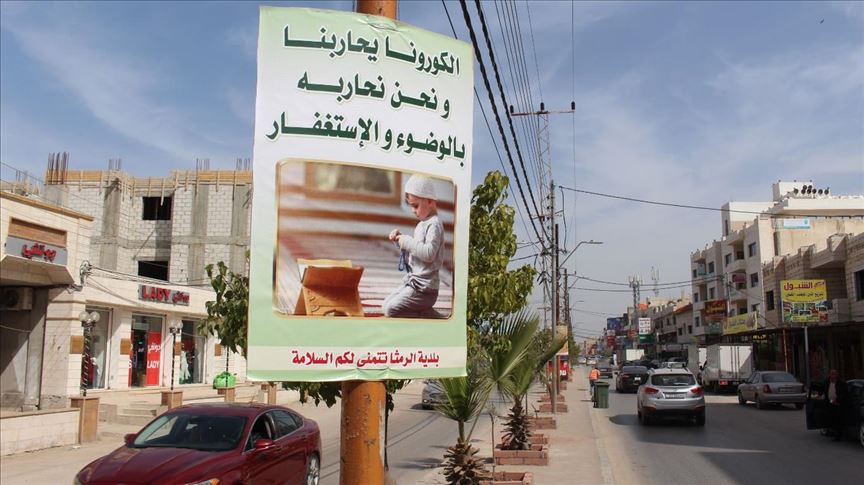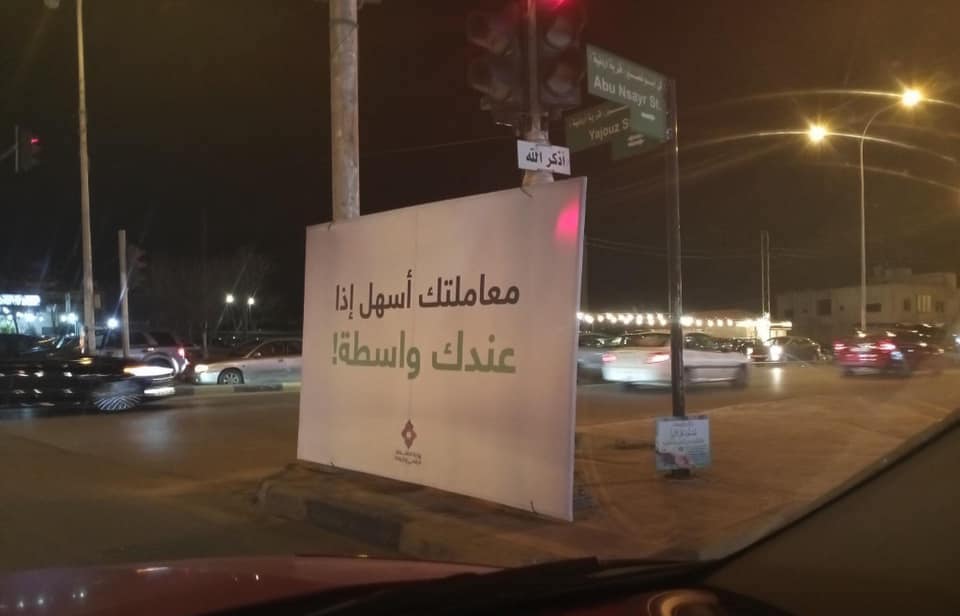Reading Europe with Muslim Eyes (REME)
This piece explores the philosophical underpinnings of REME and affirms the fundamental role history plays in tempering understandings of our current moment.
November 29, 2025
Author: Abdulla Majeed
In the midst of his road rage, Amir—the taxi driver I often accompanied to one of the organizations I was conducting fieldwork with in East Amman- suddenly began to murmur and recite God’s name in tasbīḥ (praise) and istighfār (asking forgiveness) as he tried to calm his anger. I glimpsed at the traffic light and noticed a small green sign that sat beneath it which read: “Praise God” in Arabic. Realizing it was what reminded Amir to recite these adhkār (religious invocations), I asked him if he knew who was responsible for installing and maintaining these signages. He replied that he does not, but that he is grateful to whoever is raising the profile of Islam in public. I have always been fascinated not only by the prevalence of these forms of religious invocations, but also by their often fresh and well-maintained condition that seems to resist any form of weathering. Before I could interject, Amir had already gone on a by-now familiar tirade on how Amman’s morality is becoming more decadent.
Whether you are driving through Jordan’s bustling—and usually congested—urban centre, Amman, or walking through the rigid topography of its residential neighbourhoods, you are bound to encounter these public and textual manifestations of an Islamic ethos as they have come to constitute a familiar aspect of the city’s physical and urban landscape (Figure 1). Some are as brief as the shahāda (the Muslim testimony of faith)or other phrases of dhikr, while others serve to raise public awareness around pressing social or health crises through a religious lens, such as recent posters that sought to counter the spread of COVID-19 through promoting ablution and prayer (Figure 2). Initially, such signs might appear as something that goes unnoticed, advertisements for religious modesty and piety that disappear into the background of everyday life like the many other advertisements plastered across the city’s urban infrastructure and that reflect Jordan’s neoliberal aspirations (Figure 3). Indeed, anthropologist Sarah Tobin (2016) [1] has suggested that the public performances of Islamic ethics in Jordan mimic in many ways neoliberal practices that emerged following the “liberalization” and “democratization” campaigns of the late 20th century in Jordan—what she calls “neoliberal piety.”[2]
However, these signs and posters are both highly visible and pedestrian. Not only do they blend naturally into the ordinariness of everyday life, but they also tease and experiment with the acceptable limits of the public expression of religion, remaking publics and counter-publics. Take for example how, since 2009, several campaigns have emerged in Amman’s working-class East demanding to remove Islamic signs and posters that employ a language of fear and intimidation in promoting a public ethos of Islamic “modesty” and “piety,” such as those reading “Ḥijāb before damnation” and “Pray before you will be prayed upon.” At the same time, local community organizations, municipalities, and mosques carry out regular campaigns, particularly during the month of Ramadan, to maintain and refurbish the different Islamic signages and posters within their neighbourhoods. Those who volunteer during these campaigns often see their acts as a form of on-going charity, or ṣadaqa jāriya, that will continue to generate ḥasanāt (rewards)in the afterlife, and thus bring them nearer to God with every act of reading by the wider public. Through these practices of production and circulation, and later of reading, they reproduce and draw the contours of the public to which they wish to belong, and simultaneously influence the emergence of a counter-public(s) that challenge, in different gradations, these religious aspirations. Indeed, those in East Amman who led campaigns opposing the circulation of the fear-inducing posters, like those who more recently came together on many Jordanian social media platforms in objection to the circulation of posters that promoted religious ritual as a COVID-19 prevention practice, constitute but one example of such counter-publics.
If those who help circulate these Islamic messages do so in search of closeness to their maker, then what do these signs do to the rest of the Ammani public who do not explicitly oppose them? In a sense, the utterances of dhikr that emerge in response to reading these signs entail and expect a response from the addressee, from all of us, and failure to do so in the socially expected and accepted manner could be read as an act of refusal, or even impiety. Afterall, all utterances, if one follows from Mikhail Bakhtin, are characterized and shaped by their addressivity, by an assumption of a particular listener. Yet, it is this refusal to respond, to recite, or to acknowledge, that also constitute Muslim, or otherwise, counter-public(s) whose expectations and aspirations do not necessarily mimic those of the public to which Amir, and others, may identify with, despite sharing many commonalities. In the case of Lebanon for example, Lara Deeb (2005) [3] has shown that the discursive and embodied performances of public piety not only come to represent membership to a particular group, what she calls the “pious modern,” but also reflect the social and political presence of a particular Islamic project in the public sphere.
Yet, it is here that I wonder if such public mediations of Islam—signs, posters, decals, or otherwise—can move us away from questions of piety as a central concern in the everyday lives of ordinary people, and direct us instead towards thinking of the complexities and contradictions of negotiating one’s present in a physical, social, and political milieu that is not only defined by public performances of Islam, but also by other national and global “grand schemes”[4] that come to (re)order both the present and the future (Schielke 2010) [5]. These signs and posters do not exist in a physical and discursive space of their own, nor are they given the same relevance—or reverence—by everyone who encounters them despite their visibility. Rather, they are often read in the vicinity of, besides, or at times superimposed over government signs, advertisements for financial institutions and banks, municipal and parliamentary election posters and other local campaigns that reflect the contesting desires, hopes, and aspirations of ordinary people in the city, Muslim and otherwise.
Such material and public manifestations of religion are not unique to Jordan. They are prevalent in many Muslim majority countries in the region and can be traced to the Islamic Revival period that began in the late 1970s and saw the rise of public performances of religious piety in popular and public culture (Mahmood 2005)[6]. For Gregory Starrett (1995)[7], it is not only the content of these religious posters and signs that matters, but also their location and form. In Jordan, many of these performances first emerged during the late 1940s in the form of calligraphic engravings on the stone entrances of residential and commercial buildings in Lweibdeh, one of Amman’s oldest neighbourhoods and a hub for several leftist and Islamic political movements. Yet, unlike the propaganda posters circulated by Islamic political parties, such as those in Beirut’s urban space or those by the Popular Mobilization Forces (PMF) in Baghdad, the kind of signage circulating in Amman does not carry an explicit political sponsor or message once they are displayed on and mediated by the urban infrastructure of the city. Rather, these posters appear to be devoid of any political significance, and it is in the absence of a direct political association that a powerful political potential lays; one which allows them to proliferate and circulate on such a wide scale in the first place without necessarily being the target of censorship. Islamic signs in the public space of Amman not only conjure familiar aspirations of local and regional “Islamic” political movements and projects, but they also implore us to seriously consider the ways in which attempts to exploit the “public sphere” may produce new Muslim, and otherwise, publics and counter-publics. Just as importantly, they push us towards extending our scope of analysis to include more quotidian practices of reading that engage with popular, as well as classical and canonical, texts.



Abdulla Majeed is a PhD Candidate in Sociocultural Anthropology at Department of Anthropology at the University of Toronto. Abdulla’s work lays at the intersection of anthropologies of the state and citizenship, displacement, and Middle East history with a focus on Iraq and Jordan. His current ethnographic project looks at how Iraqi exiles in Jordan come to be entangled with multiple statecrafts in negotiating the location of the future in their everyday lives.
| ↑1 | Tobin, S. A. (2016). Everyday Piety: Islam and Economy in Jordan. Cornell University Press. |
| ↑2 | During these campaigns, trade deregulations and an increase in foreign aid and investment were coupled with “resecuritization” projects, altering the physical, as much as the political, landscape of the city (Schwedler 2005) |
| ↑3 | Deeb, L. (2011). An enchanted modern: Gender and public piety in Shi’i Lebanon. Princeton University Press. |
| ↑4 | By “grand schemes,” Schielke (2010) refers to the multiple and intersecting projects, such as capitalism and nationalist politics, that constitute, and come to be constituted by, everyday life. |
| ↑5 | Schielke, S. (2010). Second thoughts about the anthropology of Islam, or how to make sense of grand schemes in everyday life. ZMO Working Papers 2. |
| ↑6 | Mahmood, S. (2005). Politics of piety: The Islamic revival and the feminist subject. Princeton University Press. |
| ↑7 | Starrett, G. (1995). Signposts along the road: monumental public writing in Egypt. Anthropology today, 11(4), 8-13. |